2018 Nissan Leaf - The Industry's Oldest Mainstream Electric Car Turns Over a New… Well, You Get the Idea

Back in December of 2010, if anyone can remember that hazy, long-ago time, an oddly shaped five-door rolled out of the minds of Japanese executives and onto U.S. dealer lots. Unlike its fledgling electric forebears, the 2011 Nissan Leaf promised practical gas-free transportation for the whole family, bolstered by a warranty from an established automaker and 73 miles of EPA-approved driving range.
The industry had just taken a big step. However, the Leaf, despite racking up an impressive model-life sales total, soon found itself leapfrogged by competitors with greater range and more conventional styling. By the time 2017 rolled around, the Leaf’s 107-mile range and now-dated body stood in stark contrast to sleeker models delivering 200 miles of driving from every turn at the plug.
Nissan wants to change that. For 2018, the second-generation Leaf arrives with greater — but not class-leading — range, a new body (with a familiar profile), and a lower entry price. The automaker clearly feels there’s thrifty EV buyers capable of saying “no” to the Tesla Model 3 and Chevrolet Bolt.
Carrying a U.S. pre-delivery MSRP of $29,990 ($35,998 in Canada), the new Leaf undercuts the 2017 model by $690. For that price, buyers receive a vehicle shoved bodily towards the styling mainstream — it now sports sculpted flanks, a corporate grille treatment, and an all-important floating roof.
Perhaps more important than styling is the 150 miles of driving range from its 40-kWh battery pack. A low number when compared to the 220-mile base Model 3 and 238-mile Bolt, the new Leaf’s range positions it slightly above such models as the Hyundai Ioniq Electric and Volkswagen e-Golf. A larger optional battery is on the way for 2019, Nissan claims. We’re hearing that unit should deliver range in the area of 225 miles.
Nissan doesn’t want to find itself at the bottom of the technological ladder again, but a base model with 150 miles of range could appeal to those who know the type of driving they’ll do, and don’t want to needlessly spend more. When factoring in the endangered federal $7,500 tax credit, the 2018 Leaf’s price falls to the low $20k bracket. A Model 3 wearing black paint starts at $35,000 before credit. The Bolt? $37,495.
It’s up to individuals to decide where exactly range anxiety begins.
For Nissan to offer the Leaf with a host of new technologies at a lower price point, concessions were made regarding content. It still rides on the same platform as before, albeit with some tweaks, and its battery remains air-cooled, rather than the carefully managed liquid-cooled systems found in its longer-ranged rivals. Relying on outside air to keep the battery pack from overheating means the Leaf’s range is more susceptible to outdoor temperatures extremes.
As one eagle-eyed journalist pointed out, you’ll also notice something familiar inside the new Leaf: the old Leaf’s door panels.
But what the 2018 Leaf lacks in range and all-over newness, it makes up for in innovation. As we told you in June, the new Leaf debuts Nissan’s ProPilot semi-autonomous driving technology to the American market. The system’s combination of intelligent cruise control and lane-hold functions is designed for easy highway cruising, and will be updated with more capabilities as technology advances. In the meantime, drivers needn’t pay so much attention to the road.
Also contained within the new Leaf is the e-Pedal, an accelerator pedal that takes regenerative braking to new heights. Nissan claims the e-Pedal covers 90 percent of a driver’s needs. Not only will the system bring the vehicle to a fairly quick stop after the driver lifts off the pedal, it will also hold the vehicle on a slope. Don’t worry, there’s still a brake pedal for those times when you want (or need) to mash that sucker to the floor.
“We believe the new LEAF will be another game changer for Nissan in the U.S., just as the redesigned Rogue has been in the last year and a half, hitting the ‘sweet spot’ in the growing EV segment,” said José Muñoz, the company’s chief performance officer and North American chairman. “It takes everything we’ve learned from our loyal first-generation LEAF owners to the next level.”
Electric vehicles remain a tiny market, one in which buyers now have no shortage of choice. While the 2018 Leaf brings with it name recognition and a heritage missing from other EV offerings, time will tell if buyers materialize for its middle-of-the-pack range and lower starting price.
The 2018 Nissan Leaf goes on sale, countrywide, in early 2018.
[Images: Nissan]

More by Steph Willems
Latest Car Reviews
Read moreLatest Product Reviews
Read moreRecent Comments
- Kwik_Shift_Pro4X Mazda CX-5 all the way.
- Spookiness The Mazda interior really is nice. I recognize the rationale for the Mazda infotainment interface design in lieu of a touch screen, but the filthy masses have spoken. As with the rotary engine, it's time to move on. To sell more cars they'll need to have touchscreens. Other carmakers have evolved beyond the iPad-screwed-on-top-the-dash look, so I'm sure Mazda can come up with something aesthetically pleasing and user-friendly. (Another quibble: I really don't need or want AWD, so I wish it wasn't forced. But again, the masses have spoken.)
- Lou_BC “We are always listening to the customer. "You sayin' the baller/gangsta types don't want Escalades on 24's that don't make vroom vroom rumbly sounds?
- AZFelix I shall fully endorse the use of autonomous cars on public roads once they have successfully completed my proposed Turing test for self driving vehicles. This test requires the successful completion of an at fault incident and accident free 24/7 driving session in Buffalo and upstate New York from October 1st until March 31st, and throughout the city of Jakarta, Indonesia for one consecutive year. Only Level 1 and Level 5 vehicles are permissible.
- Lou_BC I'd go Rav4. No Mazda dealer in my town and from what I've seen, Mazda's tend to rust.



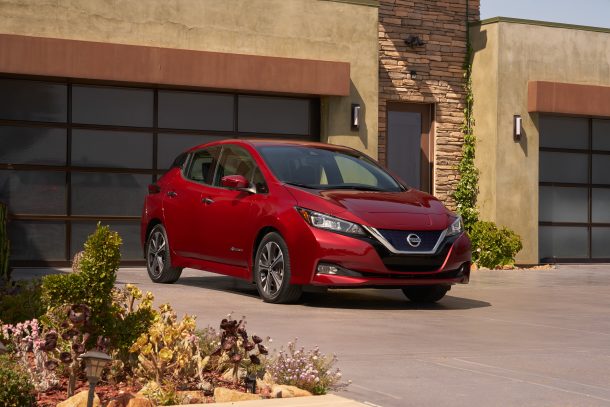


















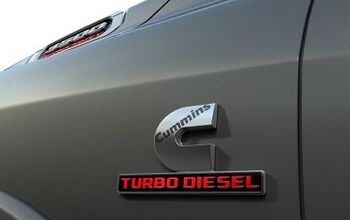




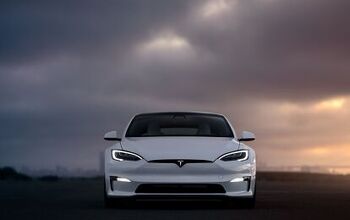
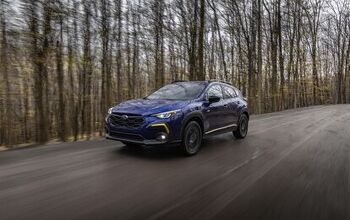
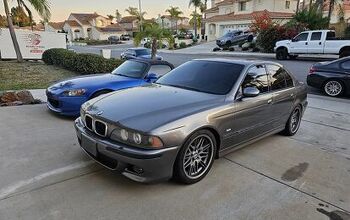
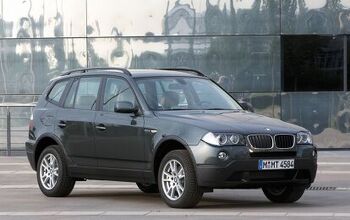
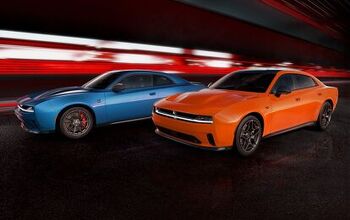
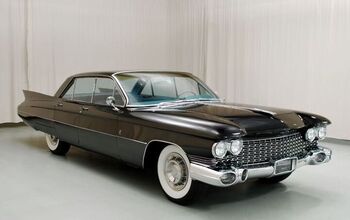
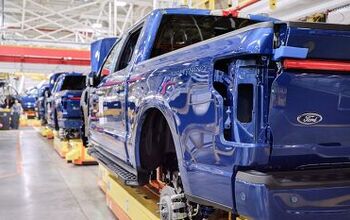

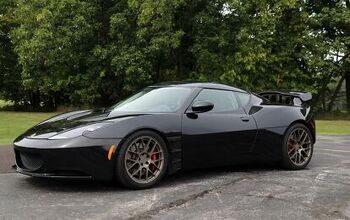

Comments
Join the conversation
This will be an excellent used car buy.
For my wife's use a 150 mile range would give a nice buffer for daily use even when using the heat a lot in the winter. The 200 ish mile range wouldn't be enough extra for me to be willing to pay 20% more.